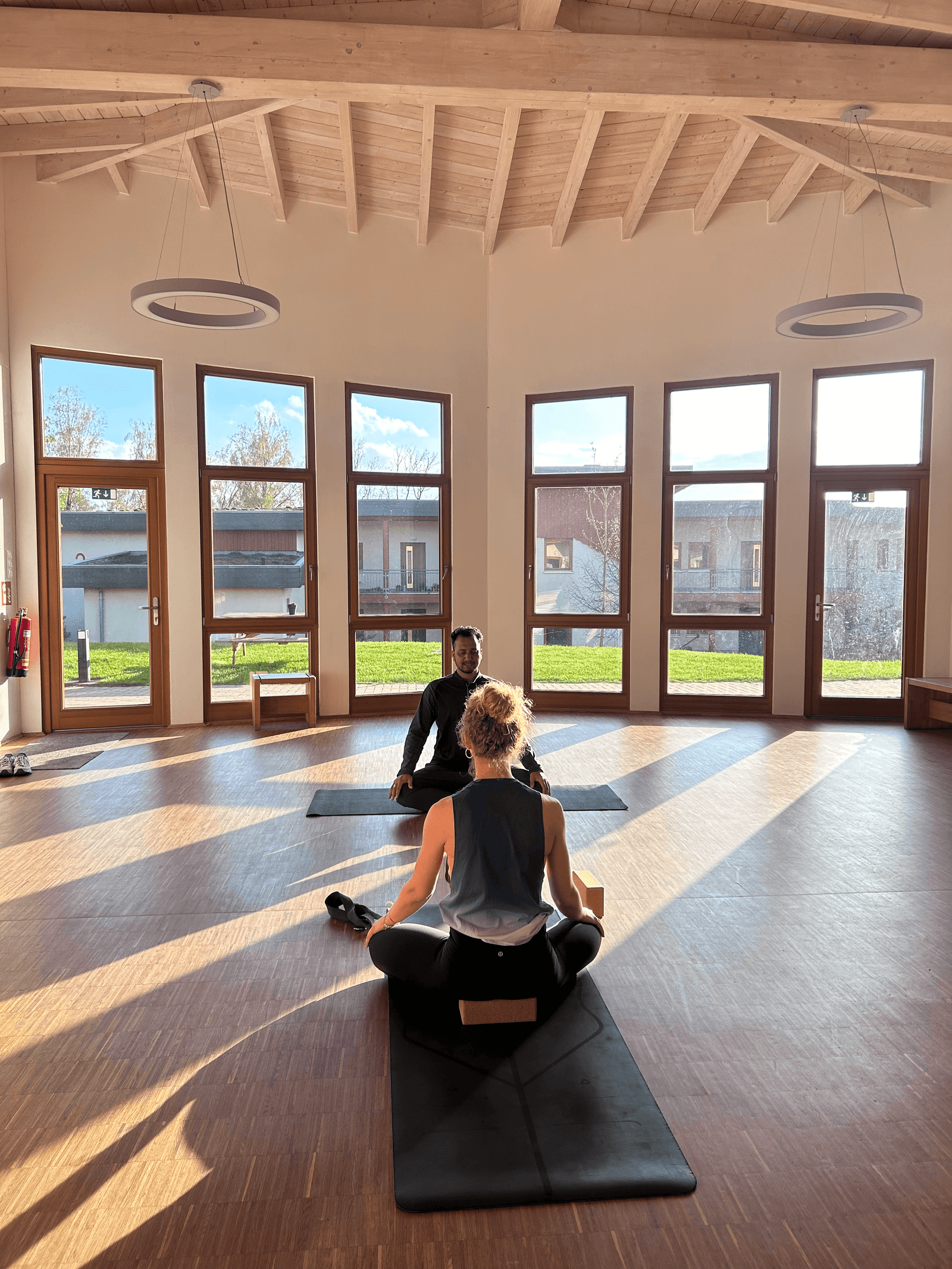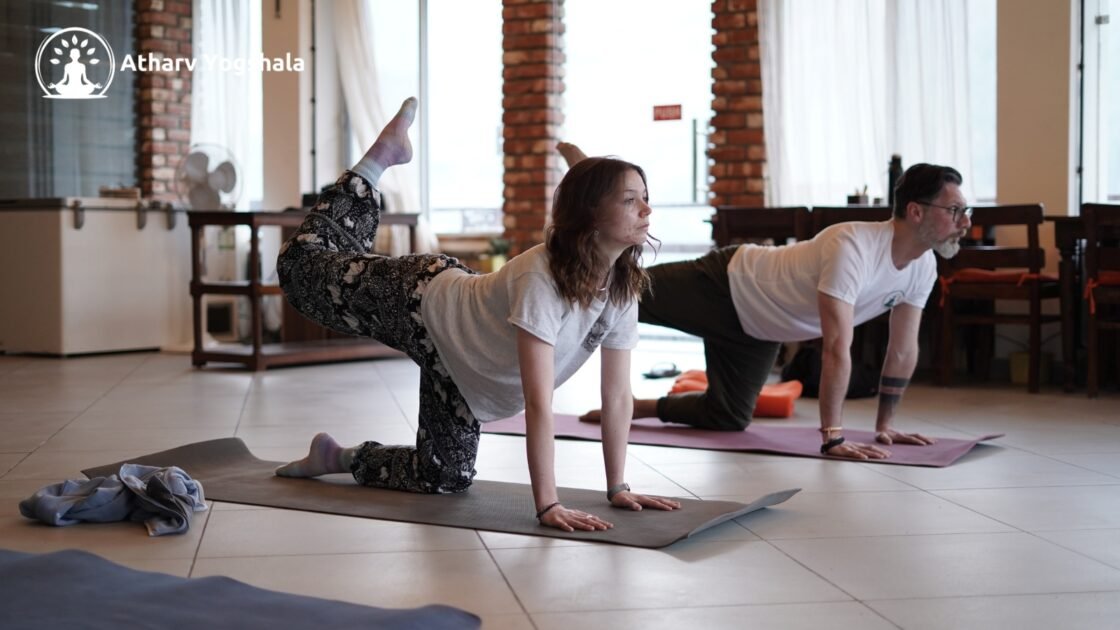
In the bustling world of yoga, where flow and rhythm often take center stage, there exists a lesser-known yet profound practice called anti-rhythmic asanas. Unlike the dynamic sequences that characterize many yoga styles, anti-rhythmic asanas invite practitioners to explore stillness within movement, fostering a deep sense of presence and inner peace. In this blog, we delve into the essence of anti-rhythmic asanas, their benefits, and how they can enrich your yoga journey.
Understanding Anti-Rhythmic Asanas
In essence, anti-rhythmic asanas disrupt the conventional flow of movement found in traditional yoga sequences. Instead of following a predictable rhythm, practitioners are encouraged to pause, hold, and explore moments of stillness within each posture. This deliberate interruption of movement cultivates mindfulness and introspection, inviting practitioners to observe their breath, sensations, and thoughts with heightened awareness.
Embracing Stillness Amidst Motion
In a world characterized by constant motion and busyness, the practice of anti-rhythmic asanas offers a sanctuary of stillness. By intentionally pausing within each posture, practitioners learn to embrace the present moment fully. Whether holding a challenging balance or surrendering into a deep stretch, these moments of stillness become opportunities for self-inquiry and self-discovery.
Benefits of Anti-Rhythmic Asanas
The benefits of anti-rhythmic asanas extend beyond the physical realm, encompassing mental, emotional, and spiritual dimensions as well. Physically, these practices promote strength, flexibility, and balance, as practitioners learn to engage and stabilize muscles in static positions. Mentally, anti-rhythmic asanas cultivate focus and concentration, as practitioners navigate the subtleties of each posture with mindfulness. Emotionally, the practice encourages acceptance and surrender, as practitioners learn to embrace discomfort and uncertainty with equanimity. Spiritually, anti-rhythmic asanas deepen the connection to the inner self, inviting moments of introspection and insight amidst the external distractions of the world.
Exploring Anti-Rhythmic Asanas in Practice
The beauty of anti-rhythmic asanas lies in their versatility and accessibility. Whether you’re a seasoned yogi or a novice practitioner, integrating these practices into your yoga routine can yield profound benefits. Here are a few examples of anti-rhythmic asanas to incorporate into your practice:
1. Tree Pose (Vrikshasana): Instead of flowing seamlessly from one posture to the next, pause in tree pose and explore the subtle shifts in balance and stability. Embrace the stillness of the posture and observe the sensations in your body as you ground down through your standing foot and reach skyward through your fingertips.
2. Warrior II (Virabhadrasana II): In this powerful standing posture, find moments of stillness amidst the dynamic flow of movement. Hold the posture with integrity, feeling the strength and stability of your legs as you gaze over your front fingertips. Notice the rhythm of your breath and allow it to anchor you in the present moment.
3. Seated Forward Fold (Paschimottanasana): As you fold forward from the hips, resist the urge to reach for your toes and instead find a point of resistance where you can pause and breathe. Soften into the stretch with each exhalation, surrendering to the sensations in your hamstrings and spine.
4. Corpse Pose (Savasana): Often considered the final resting pose of a yoga practice, savasana is the ultimate expression of anti-rhythmic asanas. As you lie on your back, allow your body to sink into the earth beneath you, releasing any tension or effort. Surrender to the stillness of the moment, allowing thoughts to come and go without attachment.
In a world that values constant motion and productivity, the practice of anti-rhythmic asanas offers a counterbalance, inviting practitioners to embrace stillness amidst the chaos. By cultivating mindfulness, presence, and self-awareness, these practices deepen our connection to ourselves and the world around us. Whether on the mat or in everyday life, may we find moments of stillness amidst the movement, and may we carry the peace and tranquility of anti-rhythmic asanas with us wherever we go.












Leave a comment: